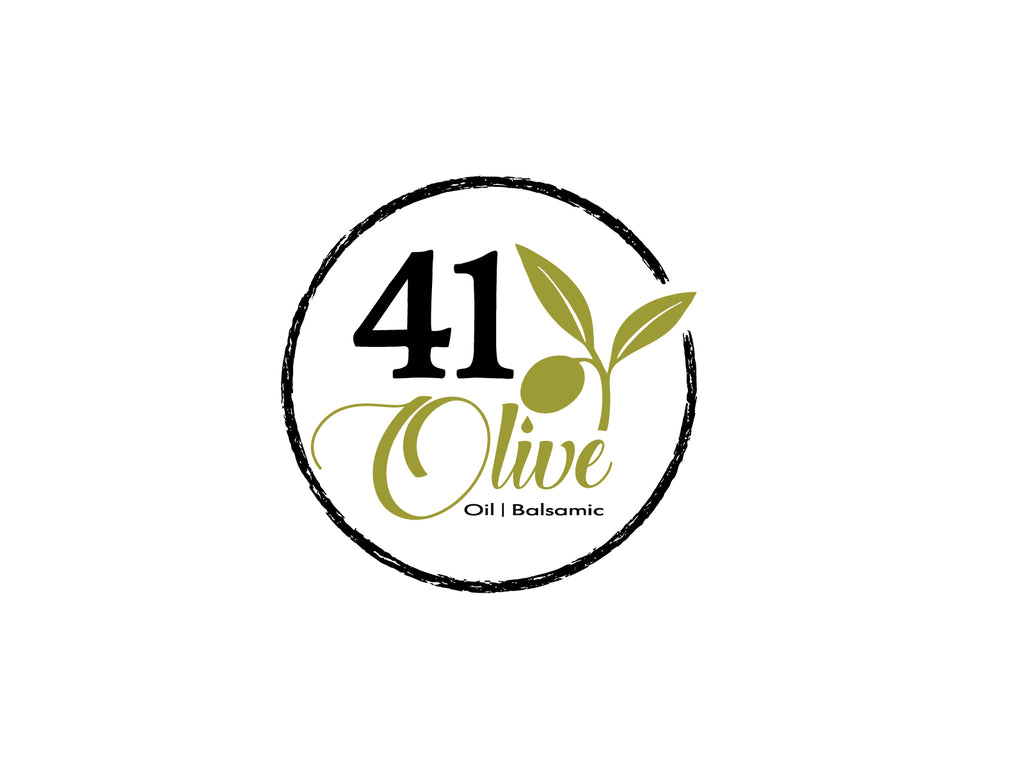Purchasing The Perfect Olive Oil
Olive Oil is generally considered just another ingredient to sauté or stir-fry your favorite foods in. But it is way more! Similar to grapes and wine, the climate, soil and harvest time of the olives determines the oil's color, aroma and flavor.
In addition, Olive Oil has also shown to provide a variety of health benefits, making it the prominent selection for healthy-minded foodies across the nation. Because of these reasons and many more, Olive Oil’s growth in popularity has resulted in an assortment of varieties and brands for shoppers to select from.
To help narrow down the endless options of Olive Oils to choose from, read on to discover everything you need to know about purchasing Olive Oil.
Olive Oil Variety
The very first thing to think about when purchasing Olive Oilis how you plan on using it in the kitchen. Olive Oil can easily be used for a variety of cooking methods, from roasting and deep-frying to sautéing and baking. Moreover, it can also be used as a salad dressing or topping.
Based on the culinary idea(s) you have in mind, you can select from these three common varieties, available at a high percentage of grocery stores.
Extra-Virgin Olive Oil
Obtained from the first press of olives, this oil boasts the most full-bodied flavor. In addition, It can also be used for all forms of tasty cooking, including:
- Sautéing
- Stir-frying
- Roasting and marinating
- And is the best choice for bread dipping and salad dressing
Olive Oil
Also known as "pure," it is usually milder than Extra-Virgin Olive Oil and more yellow in color. Furthermore, while not quite as high-quality as Extra-Virgin, it's incredible for savory cooking and adds flavor and depth to a dish.
Extra-Light Olive Oil
When it comes to Extra Light Olive Oil, the term "light" does not apply to its nutritional makeup but instead to the oil's color, texture and flavor. The mildest of all the oils, it's incredible for baking and savory cooking at very high temperatures.
Understanding Olive Oil’s Country of Origin
On average, nearly 99 percent of the Olive Oil in the U.S. is imported, with Spain, Italy and Greece supplying a majority of it (in that order); California is the largest domestic supplier.
There are some general regional differences, particularly in Europe, which is why Bill Briwa, chef and instructor for The Culinary Institute of America in St. Helena, California, recommends taking a country's cuisine and climate into account.
Price Of Olive Oil
As with most things, you get what you pay for. Extra-Virgin Olive Oil harvested from one source (known as single estate) is the best of the best, and as such, it will cost the most.
Generally speaking, the cheaper price can indicate it's an "oil blend," which is a blend of a variety of types of oils, rather than just strictly olive oil. If the price seems like a crazy deal, our Olive Oil experts suggest that you double-check the ingredient list to ensure you are purchasing 100% olive oil.
Bottle Size Of Olive Oil
It is generally best to avoid warehouse-size bottles and go for small sizes that you can use up while the oil is freshest. In addition, unopened, Olive Oil, you can generally keep for a year; once opened, use it within six to eight weeks.
Once you get your bottle home, think of olive oil as your pantry's hermit: It fares best when left alone in dark, enclosed spaces and away from excessive heat.
